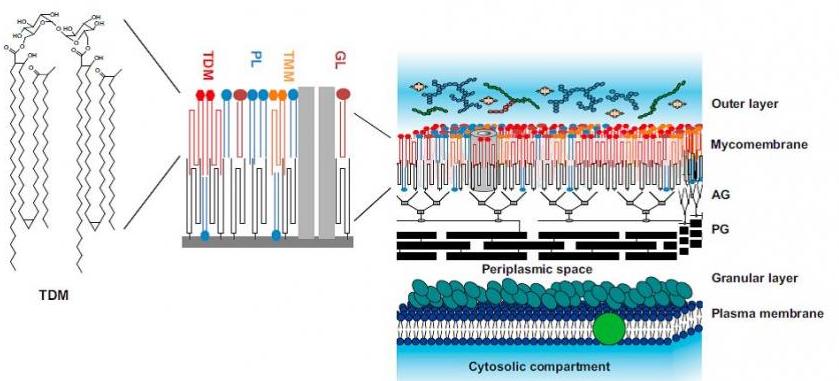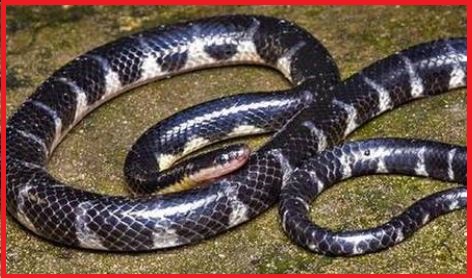Updated By: LatestGKGS Desk
Biology: Cell Envelope in Bacteria, Components, Layers, Modifications, Functions

Cell envelope: Introduction, composition, modification in gram-positive & gram-negative bacteria, functions
Most prokaryotic cells, especially bacterial cells, have a chemical complex cell envelope. The cell envelope has a tightly bound three-layered structure i.e., the outermost glycocalyx followed by the cell wall and then the plasma membrane.
Although each layer of envelope works differently, they work together as a protective unit. Bacteria classified into two groups based on differences in the cell envelope and the manner in which they respond to the staining procedure developed by Gram viz., those that take up the gram stain are Gram-positive and the others that do not are called Gram-negative bacteria.
Glycocalyx is different in compositions and thickness among different bacteria. This can be some loose sheath, which is called the slime layer in some, whereas in others it can be thicker and harder, which is called a capsule.
Cell wall determines the shape of the cell and provides a strong structural support to prevent bacteria from bursting or collapse. The plasma membrane is semi-permeable in nature and interacts with the outside world. This membrane is similar structurally to that of the eukaryotes.


